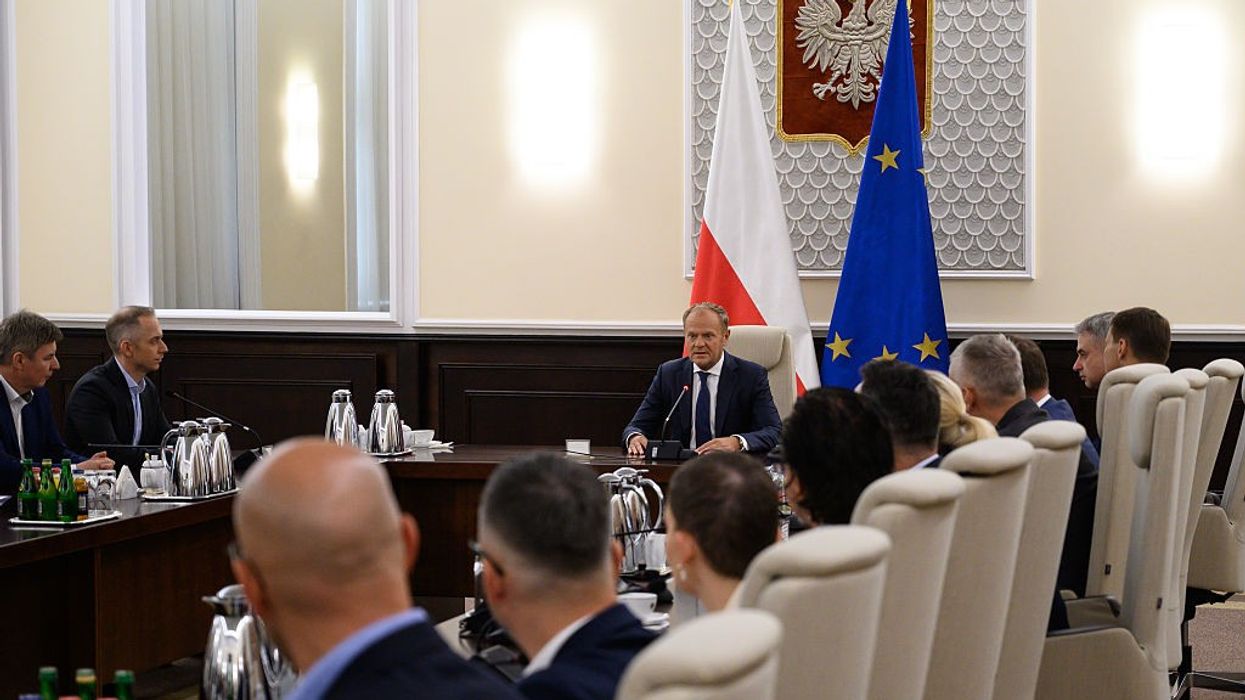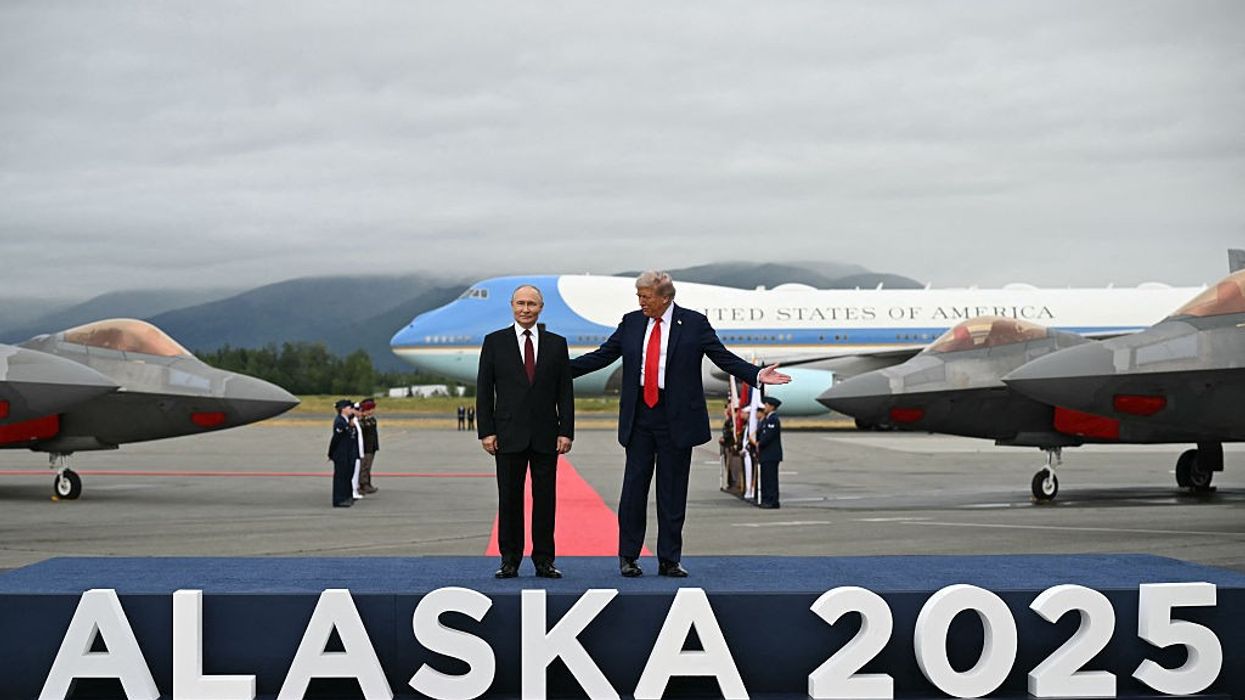NATO Article 4 Declaration Puts Poland 'Closest to Open Conflict Since WWII'
The decision by Prime Minister Donald Tusk came after the Polish military shot down several Russian drones that entered its airspace, marking the first time a NATO member has fired shots in the war between Russia and Ukraine.
Polish Prime Minister Donald Tusk invoked Article 4 of the North Atlantic Treaty on Wednesday after 19 Russian drones flew into Polish territory late Tuesday night and into the early morning hours.
Speaking to Poland's parliament on Wednesday, Tusk said that it is "the closest we have been to open conflict since World War II," though he still said there was "no reason to believe we're on the brink of war."
The Polish military, along with NATO forces, shot down several of the drones, marking the first time a NATO-aligned country has fired a shot since Russia first invaded Ukraine in 2022.
According to Polish officials, the drones entered the nation's airspace amid a series of airstrikes directed at Western Ukraine. Though some damage to at least one home has been reported due to falling drone debris, there are no immediate reports of casualties, according to the New York Times.
Following what he called a "large-scale provocation" by Russia, Tusk took the significant step of invoking Article 4 of the NATO treaty for just the eighth time since the alliance's founding in 1949.
Short of the more drastic Article 5, which obligates NATO allies to defend one another militarily at a time of attack, Article 4 allows any member to call on the rest of the alliance to consult with them if they feel their territory, independence, or security is threatened.
Russia, for its part, said it had "no intentions to engage any targets on the territory of Poland." However, as German defense minister Boris Pistorius said in a quote to AFP, the drones were "clearly set on this course" and "did not have to fly this route to reach Ukraine."
In comments to The Guardian, Dr. Marion Messmer, senior research fellow at the foreign policy think tank Chatham House, agreed it was "unlikely that this was an accident" and said that Russia was likely "trying to test where NATO's red lines are."
European leaders issued statements of solidarity following the attack.
UK Prime Minister Keir Starmer called it an "egregious and unprecedented violation of Polish and NATO airspace" and pledged to "ramp up the pressure on [Russian President] Putin until there is a just and lasting peace." The UK's secretary of state for defense, John Healey, said he would ask British armed forces "to look at options to bolster NATO's air defense over Poland."
French President Emmanuel Macron called it a "reckless escalation," adding that France will "not compromise on the security of the Allies."
Tusk asserted that "words are not enough" and has requested more material support from Poland's allies, which could point to the risk of further escalation.
While the invocation of Article 4 does not always presage a hot war, Yasraj Sharma writes for Al Jazeera that it "would serve as a political precursor to Article 5 deliberations."
Following the attack, the US ambassador to NATO, Matthew Whitaker, said in a post on X that the United States "will defend every inch of NATO territory," suggesting a possible willingness for the US to become more directly involved in the hostilities after providing over $128 billion in military and other aid to Ukraine since Russia first attacked in 2022.
The US has roughly 10,000 troops stationed in Poland as part of a permanent military presence in the country.
US President Donald Trump, meanwhile, wrote in an uncharacteristically brief post on Truth Social: "What's with Russia violating Poland's airspace with drones? Here we go!"
Trump plans to speak with Poland's president, Karol Nawrocki, on Wednesday, according to Reuters.
The drone attack came shortly after Trump threatened to impose harsher sanctions on Russia following its ramp-up of attacks on Kyiv over the weekend, yet another policy shift by the US president after he appeared interested in cutting a deal favorable to Russian President Vladimir Putin at a summit last month.
In the New York Times, Moscow bureau chief Anton Troianovski writes that with Russia's entry into Polish airspace, along with its more aggressive attacks on Ukraine, "Putin is signaling that he will not compromise on his core demands even as he claims that Russia is still ready to make a deal."


